If you get creeped out by the sight of spiders, be happy you don’t have to worry about this arachnid of the cosmos. A new report by astronomers from the University of California Berkeley and Stanford University reveals that the heaviest neutron star currently is a “black widow” eating its mate.
The record-setting neutron star — a pulsar designated PSR J0952-0607 — spins 707 times per second and is a whopping 2.35 times the mass of the sun. Researchers says the neutron star has consumed nearly the entire mass of its stellar companion. It’s also the densest object within sight of Earth.
“We know roughly how matter behaves at nuclear densities, like in the nucleus of a uranium atom,” says Alex Filippenko, distinguished professor of astronomy at UC Berkeley. “A neutron star is like one giant nucleus, but when you have one-and-a-half solar masses of this stuff, which is about 500,000 Earth masses of nuclei all clinging together, it’s not at all clear how they will behave.”
The 10-meter Keck I telescope in Hawaii was able to measure the neutron star’s mass. It was able to record a spectrum of visible light from the hotly growing companion star, which is now reduced to the size of a large gaseous planet. The stars are 3,000 light years from Earth.
Astronomers discovered the “black widow” pulsar, PSR J0952-0607, in 2017. Filippenko and Roger Romani, professor of astrophysics at Stanford University, have been examining black widow systems for over a decade. They hope to establish the upper limit on how large neutron stars can grow.
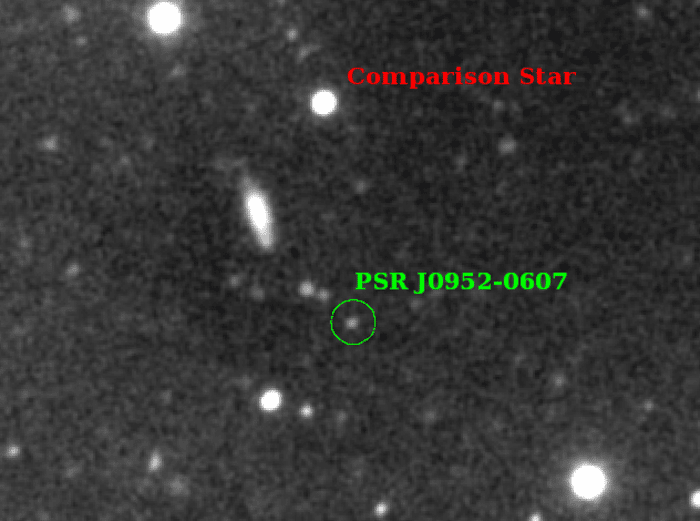
“By combining this measurement with those of several other black widows, we show that neutron stars must reach at least this mass, 2.35 plus or minus 0.17 solar masses,” explains Romani, a member of the Kavli Institute for Particle Astrophysics and Cosmology. “In turn, this provides some of the strongest constraints on the property of matter at several times the density seen in atomic nuclei. Indeed, many otherwise popular models of dense-matter physics are excluded by this result.”
Filippenko and Romani turned the Keck I telescope on PSR J0952-0607 on six occasions over the last four years. They were able to catch the faint companion at specific points in its over six-hour orbit of the pulsar. Filippenko and Romani measured the orbital velocity of the companion star and calculated the neutron star’s mass by comparing the spectra to that of similar sun-like stars.
The two researchers have examined nearly a dozen black widow systems, although only six had companion stars bright enough to let them calculate a mass. These neutron stars were less massive than the pulsar PSR J0952-0607.
“We can keep looking for black widows and similar neutron stars that skate even closer to the black hole brink. But if we don’t find any, it tightens the argument that 2.3 solar masses is the true limit, beyond which they become black holes,” notes Filippenko.
Romani added, “This is right at the limit of what the Keck telescope can do, so barring fantastic observing conditions, tightening the measurement of PSR J0952-0607 likely awaits the 30-meter telescope era.”
The study is published in The Astrophysical Journal Letters.
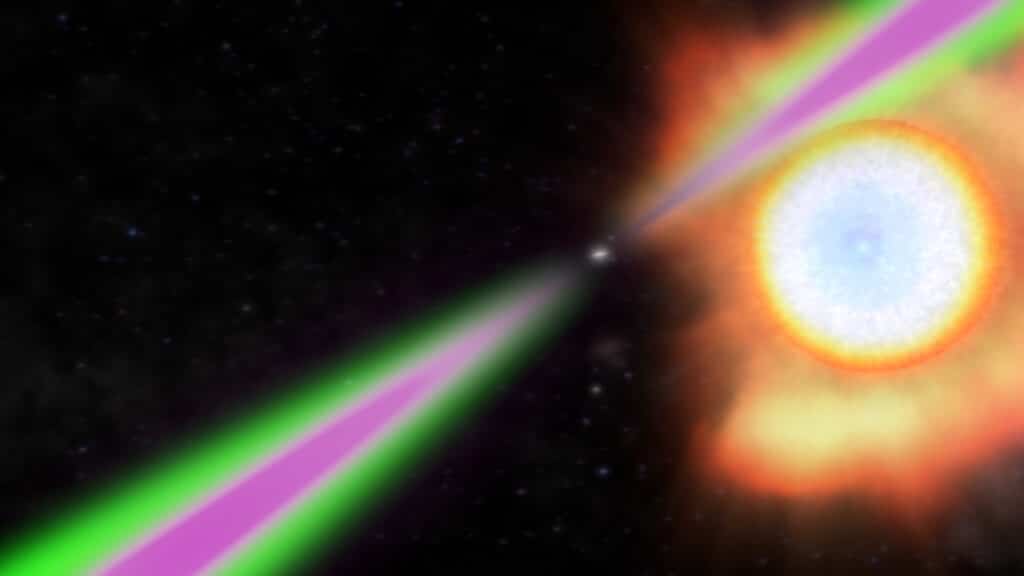
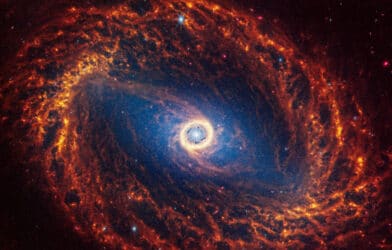
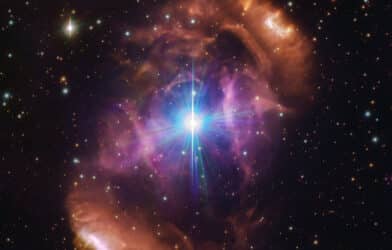
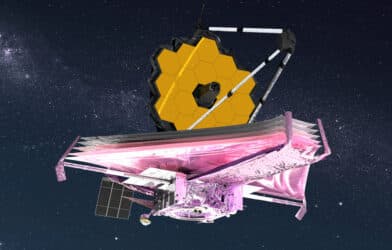
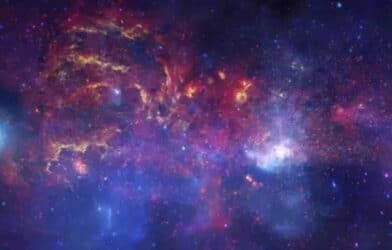

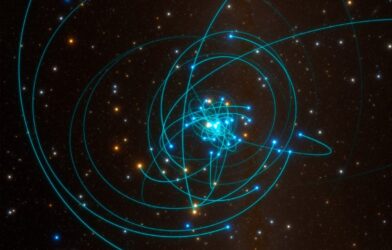

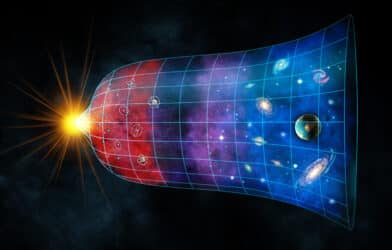


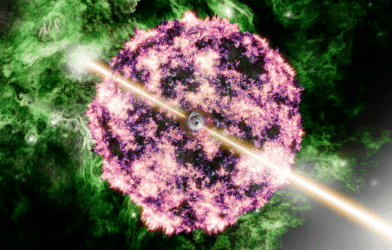
-392x250.png)